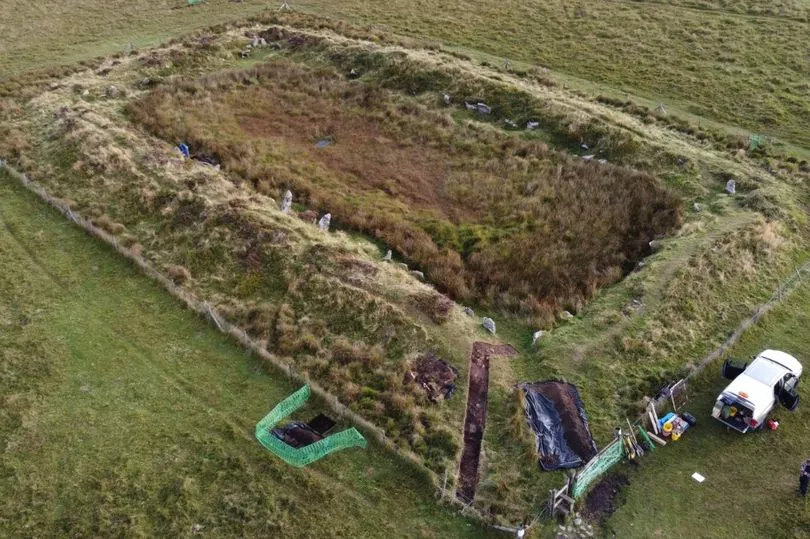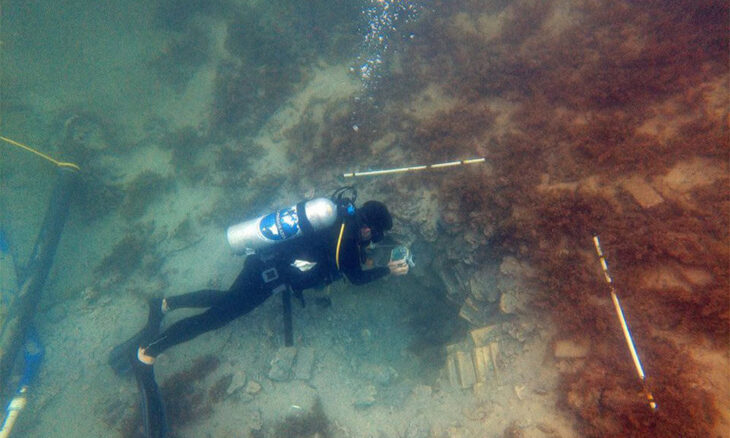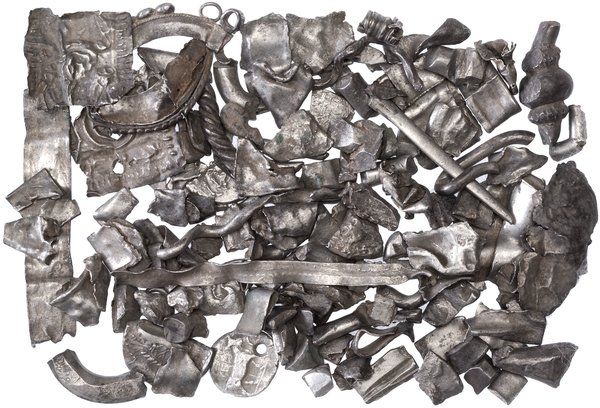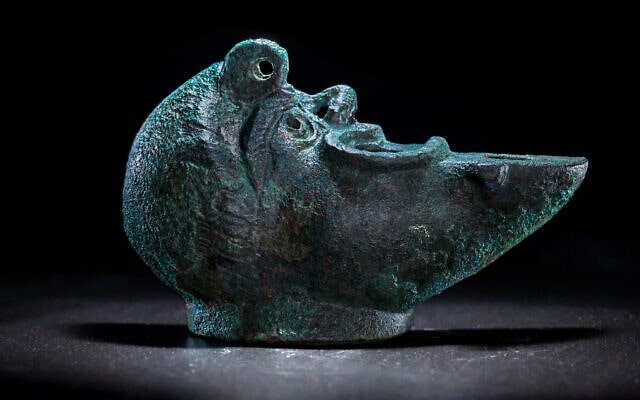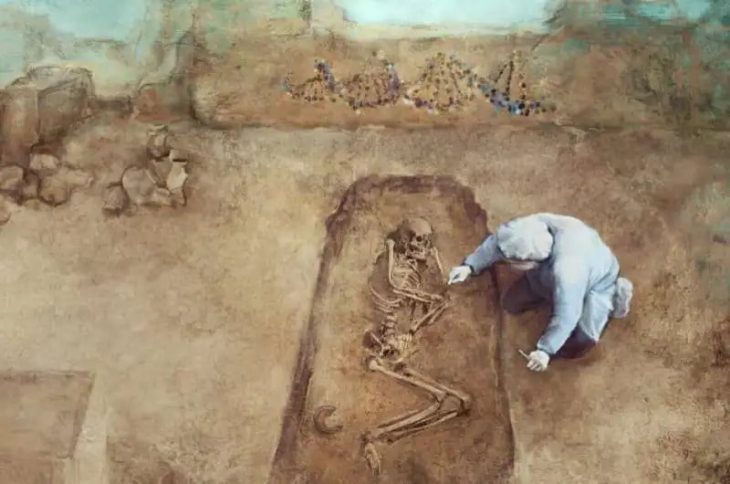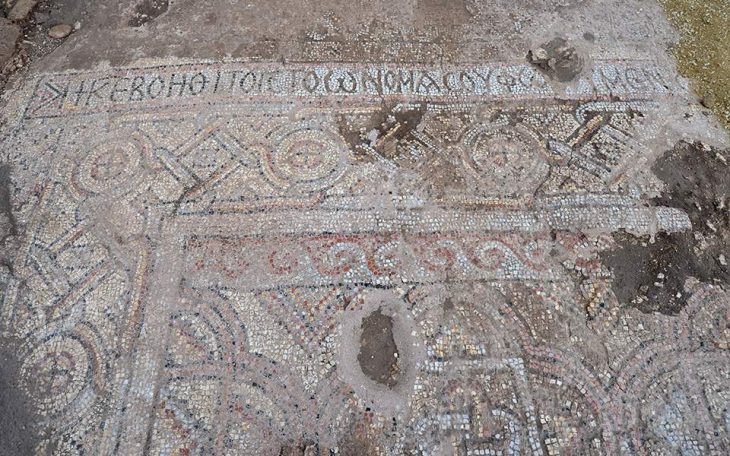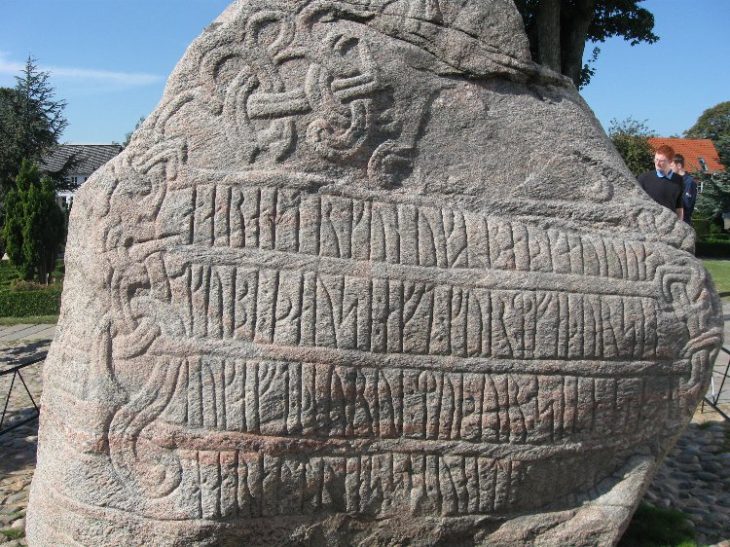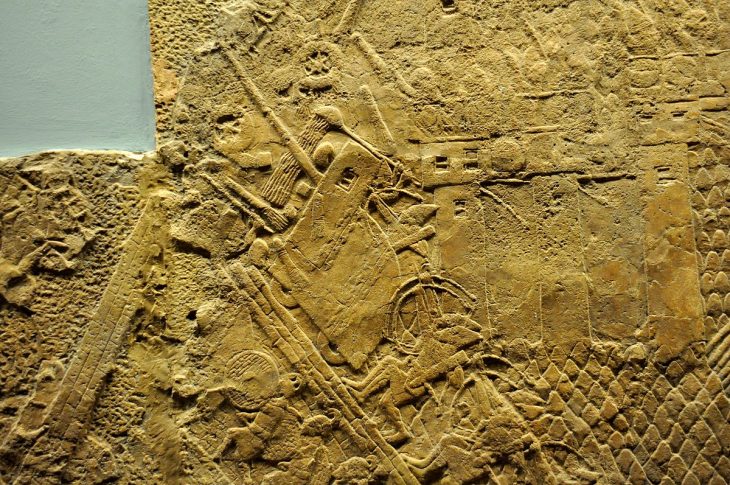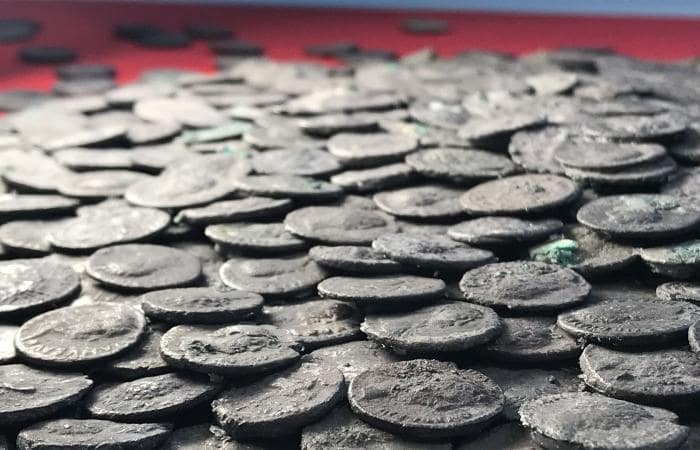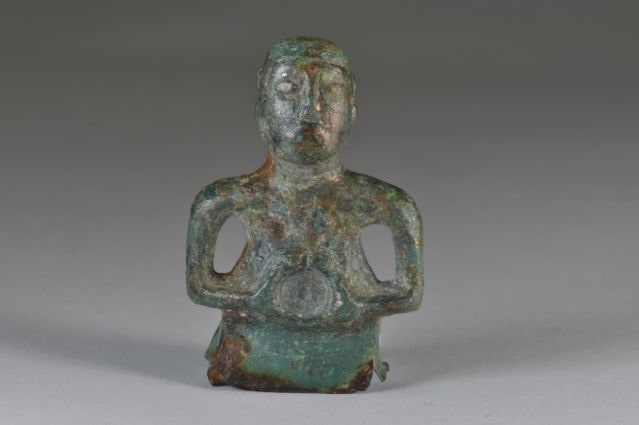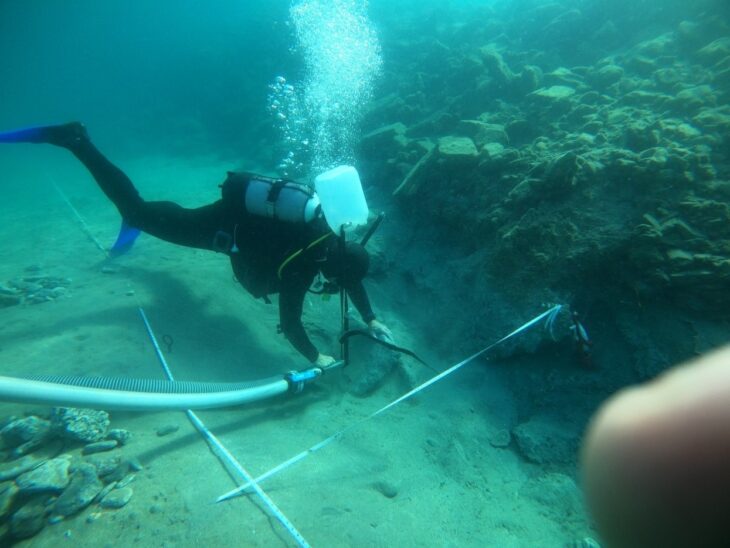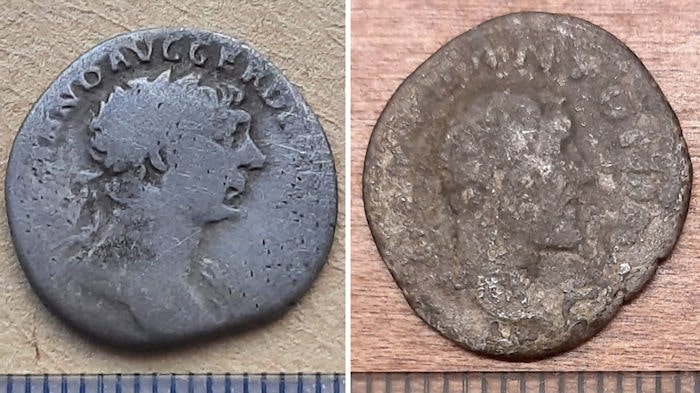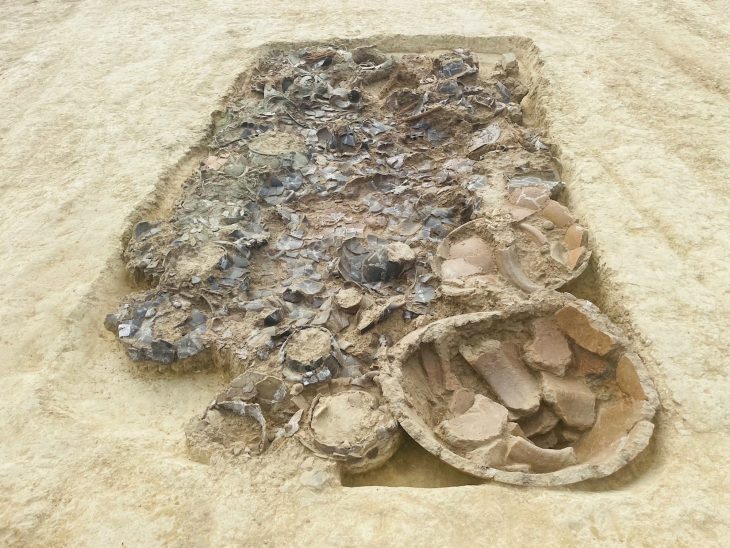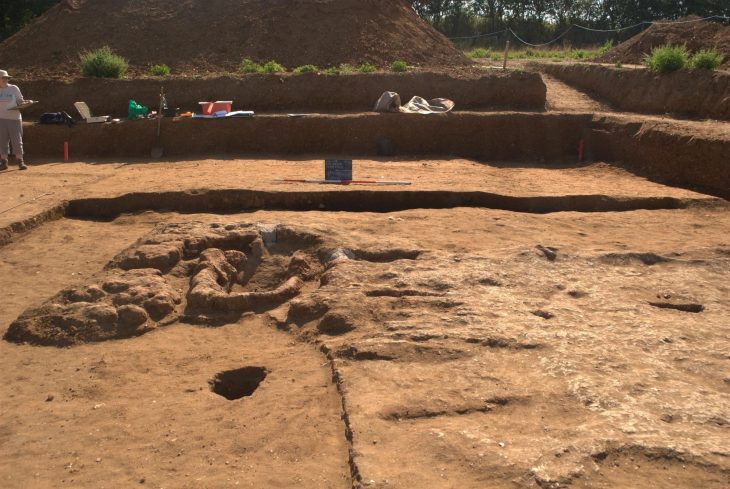A mysterious monument in Cornwall has been discovered to be 5,000 years old—4,000 years older than previously thought. The rectangular bank of earth and stone known as King Arthur’s Hall is located in a remote area of Bodmin Moor.
Researchers previously believed King Arthur’s Hall on Bodmin Moor to have been built in the Middle Ages, but excavations have shown that it was built some 4,000 years earlier.
Historic England has designated the site as “at risk” due to the growth of vegetation surrounding it. It contains 56 standing stones that are partially buried, leaning, or on the ground. It is as old as Stonehenge, having been built for the first time between 5,000 and 5,500 years ago during the Middle Neolithic Period, according to archaeologists.
According to experts, nothing like it exists in Britain or elsewhere, so the original purpose of the monument known as King Arthur’s Hall remains unknown.
Phil McMahon, inspector of ancient monuments at Historic England, said: “The news that King Arthur’s Hall is Neolithic in origin is exciting and adds significant time depth to this enigmatic site, which has few parallels in England.”
An excavation was carried out at the site as part of Cornwall National Landscape’s “A Monumental Improvement” project. It commissioned the Cornwall Archaeological Unit (CAU) to carry out archaeological investigations to determine its age, use, and longer-term conservation needs.
Although the site is listed by Historic England as a Medieval animal pound, experts have speculated that the monument may actually be prehistoric due to its standing stones, north-south orientation, and location in an area of Bodmin Moor that is home to numerous other early sites.
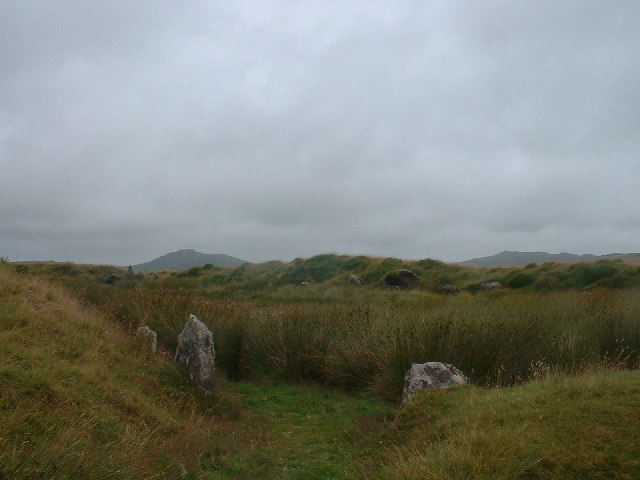
Volunteers from the area assisted with the excavation. Specialist teams from the Universities of Reading, St Andrews, and Newcastle conducted the dating for the excavation by analyzing material from a section excavated through the bank and into soils buried beneath it.
Dating from their Optically Stimulated Luminescence (OSL) analysis indicates the structure was constructed in the later fourth millennium BC (Neolithic Period).
Additionally, samples were collected from the monument’s interior to confirm the existence of fossilized plant and animal remains, including seeds, pollen, insects, and parasite eggs. The monument’s infilling started in the Later Prehistoric (2,000–2,500 years ago) and Medieval (500–1000 years ago) periods, according to radiocarbon dating, for monument activities that impacted the marshy interior of the enclosure.
According to experts, these uses—which may have included serving as a pound and subsequently as a reservoir for tin stream working—were most likely very different from what the enclosure’s original builders had in mind thousands of years ago.
Geological examination of the standing stones suggested they came “from within 250m (820 feet) of the site and were possibly dug out from the interior rather than from a distant tor. But while rectangular monuments do exist – and possible uses may have included gatherings of local communities for ceremonies and rituals – there is still uncertainty about the original purpose of the site.
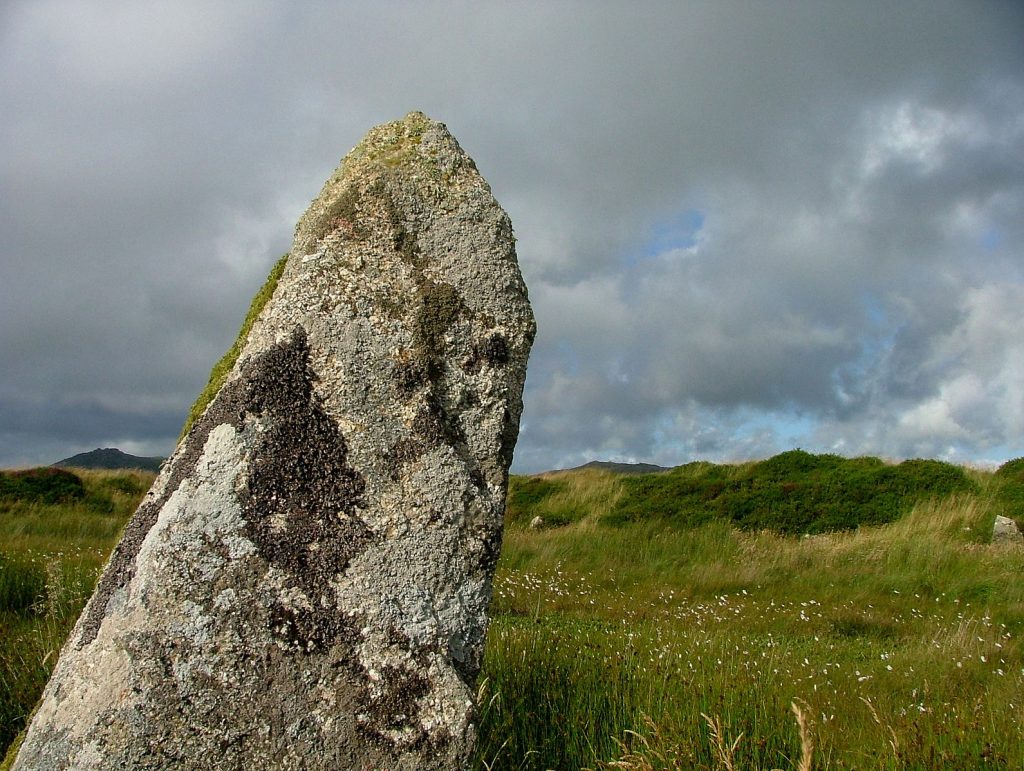
Pete Herring, president of the Cornwall Archaeological Society, said: “The romantic-sounding 16th-century name King Arthur’s Hall tells us that here is a place regarded by the moorland community as something ancient and unfathomable, like other sites attributed to Arthur. Science has responded to that name’s challenge, providing a very early date of origin, and two other dates, later prehistoric and medieval, when there was activity at the enclosure.
“The monument retains its mystery: there are no Neolithic parallels for a stone-lined sunken and embanked rectangular enclosure, possibly watery. We may presume it was a sacred site, a place for gatherings, for rituals or ceremonies, but perhaps Neolithic people made and used it for very different purposes.
A management plan for the site is being developed in partnership with Historic England, Natural England, the landowner, and the Hamatethy Commoners. The excavation and the scientific analyses were made possible with funding from the National Lottery Heritage Fund, Historic England, Cornwall Council, and Cornwall Heritage Trust.
Cover Image Credit: Cornwall National Landscape

